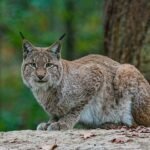In the enigmatic world of big cats, nature sometimes surprises us with extraordinary variations that go beyond the typical colors we associate with these magnificent creatures. These exceptional colorations not only captivate the human imagination but also offer fascinating insights into the genes that govern animal appearances. Discovering these rare color variations in the wild can be like finding a hidden treasure, offering both a visual feast and a scientific puzzle. Let’s embark on a journey to explore the unique and rare color variations found among the big cats, from translucent snow-like coats to mystical charcoal patterns.
The Majestic White Tiger
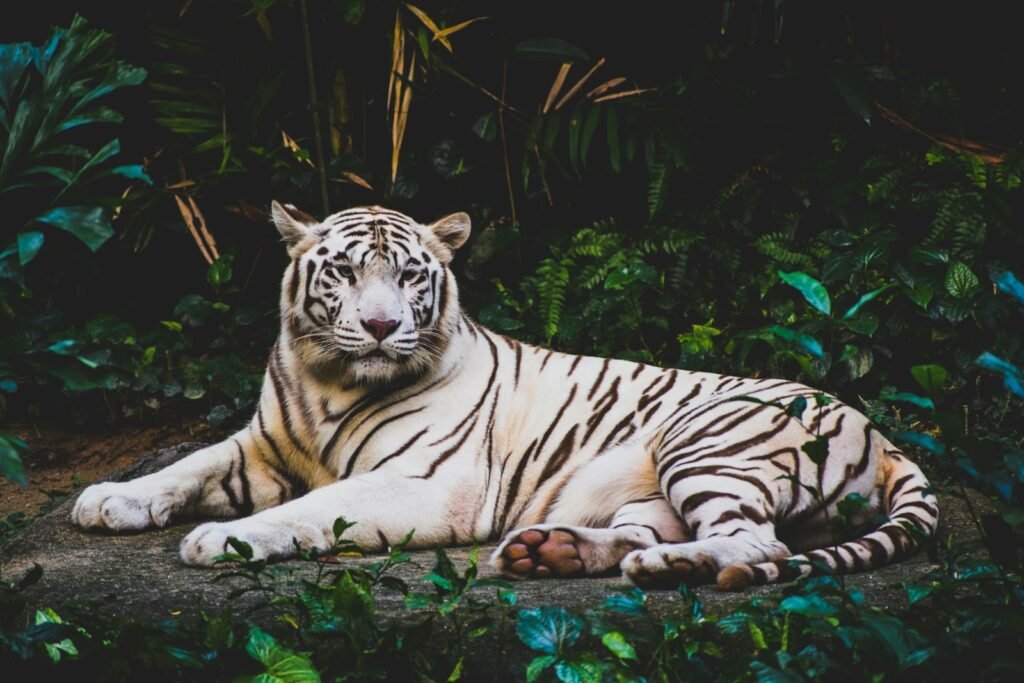
White tigers are perhaps the most well-known of the rare color variations among big cats. These striking felids boast a stunning white coat with black or dark brown stripes and vivid blue eyes. The white coloration is not albinism but rather a result of a genetic variant in Bengal tigers, specifically a recessive mutation that reduces pigmentation. This mutation takes place in the pigment cells during differentiation and is only present in about 1 in 10,000 wild tiger births. While primarily a feature of tigers in captivity, some have been spotted historically in the wild, especially in the Indian subcontinent.
The Enigmatic Black Panther
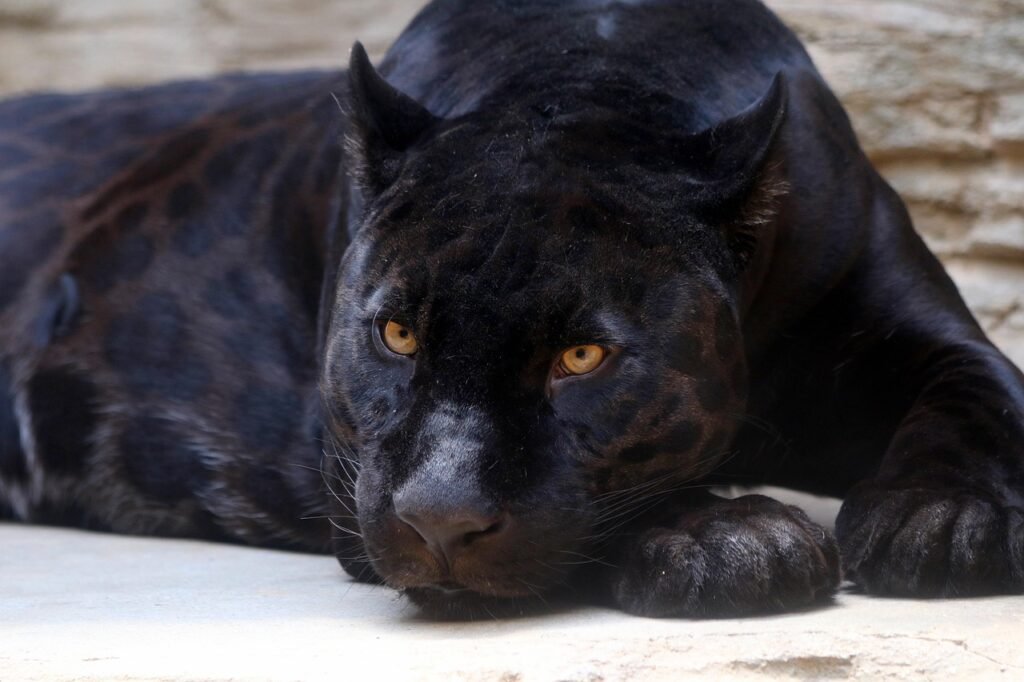
Black panthers are not a separate species but rather a color variant of leopards and jaguars. This melanistic variation results in an all-black appearance due to a surplus of dark pigmentation. However, if you look closely in good lighting, you may still see the characteristic rosette patterns of these big cats. Black panthers are more commonly found in densely forested habitats where their dark coloration provides an advantage for hunting in the shadows. Melanism is present in about 11% of leopards and is more frequently noted in regions such as Southeast Asia.
The Golden Tabby Tiger
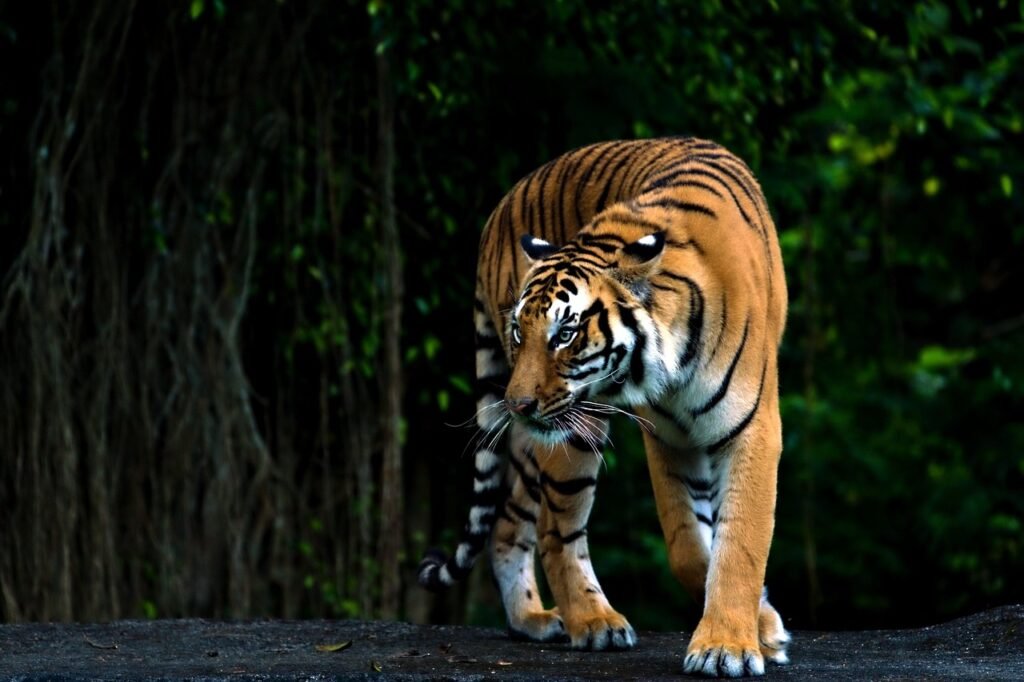
A rare and alluring sight, the golden tabby tiger, also known as the strawberry tiger, has a coat that radiates with golden hues. This ethereal variation is caused by a recessive gene distinctive to Bengal tigers. The coloration results in a softer, paler orange coat with lighter, almost-brown stripes. The exact frequency of golden tabby tigers in the wild is extremely rare, and most of them are found in captivity. Their genetic rarity and striking beauty make them a subject of fascination and intense conservation efforts.
The Ghostly Snow Leopard

Snow leopards might not have a color variation in the typical sense, but their remarkable pale coat blends seamlessly with the snowy, rocky landscapes they inhabit, earning them the nickname “ghost of the mountains.” The base color is usually smoky-grey, with a unique pattern of black rosettes and spots that provide excellent camouflage. Their striking blue or green eyes add to their otherworldly countenance. Unlike other big cats, the snow leopard’s color variation is an adaptation to its environment, ensuring survival in its formidable high-altitude habitat.
The Rare King Cheetah
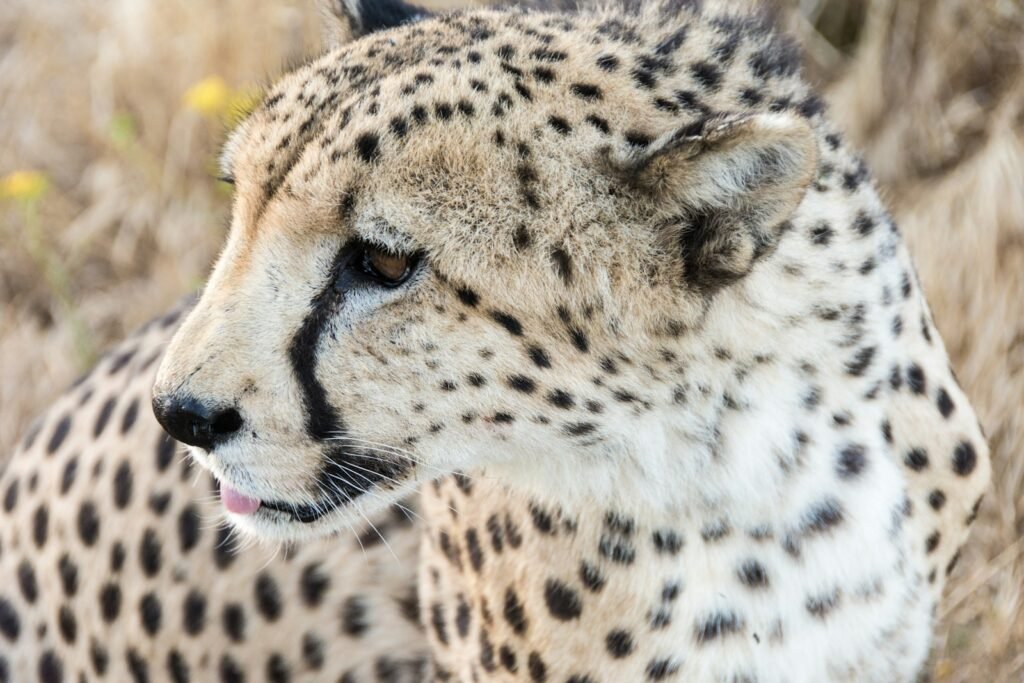
The king cheetah is a rare morph of the African cheetah characterized by an unusual coat pattern. Instead of the classic cheetah spots, the king cheetah’s coat sports large, splotchy blotches and distinctive dark stripes that run along the spine. This remarkable pattern is due to a recessive gene mutation. Specimens of the king cheetah are infrequently seen in the wild, primarily in regions of southern Africa. These rare cheetahs are a testament to the genetic diversity and potential within big cat populations.
The Charcoal Bengal
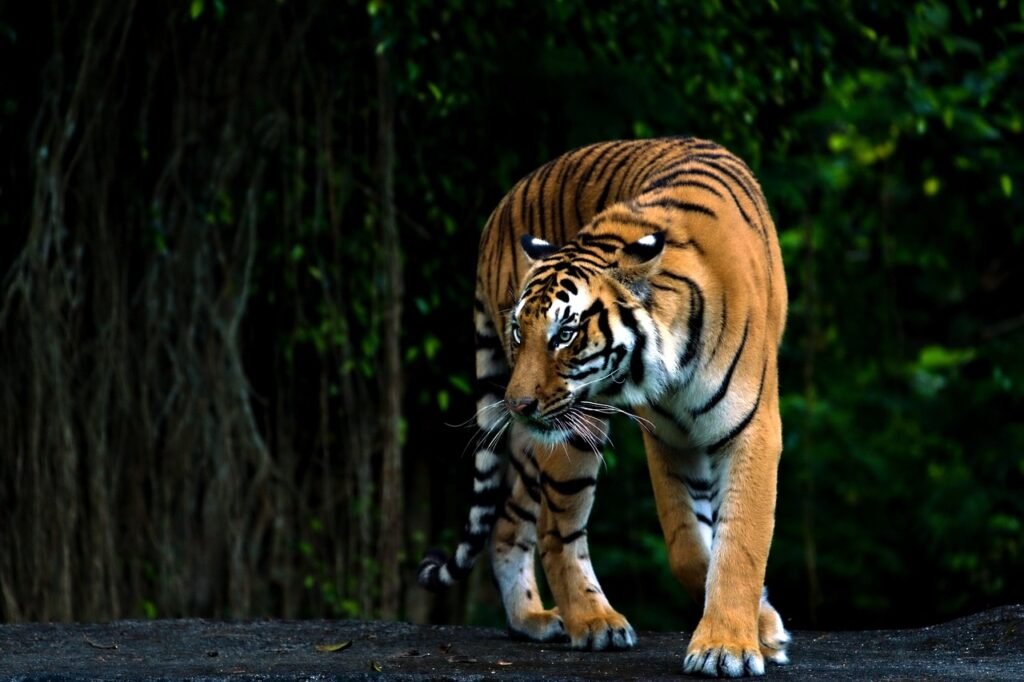
The charcoal Bengal is a captivating variation found within the Bengal cat breed, known for its darker, more intense coloration compared to the usual Bengal’s coat. While not a big cat in the wild, Bengal cats mimic the appearance of wild big cats, nestled between domestic life and the allure of their larger cousins’ phenotype. The charcoal coloration comes from a combination of a domestic cat’s spotting genes and the genotypic contribution from the Asian leopard cat (Prionailurus bengalensis), from which Bengals were initially bred. This results in a pattern where the face mask and cape appear more prominent and can be strikingly dark.
The Silver Lion
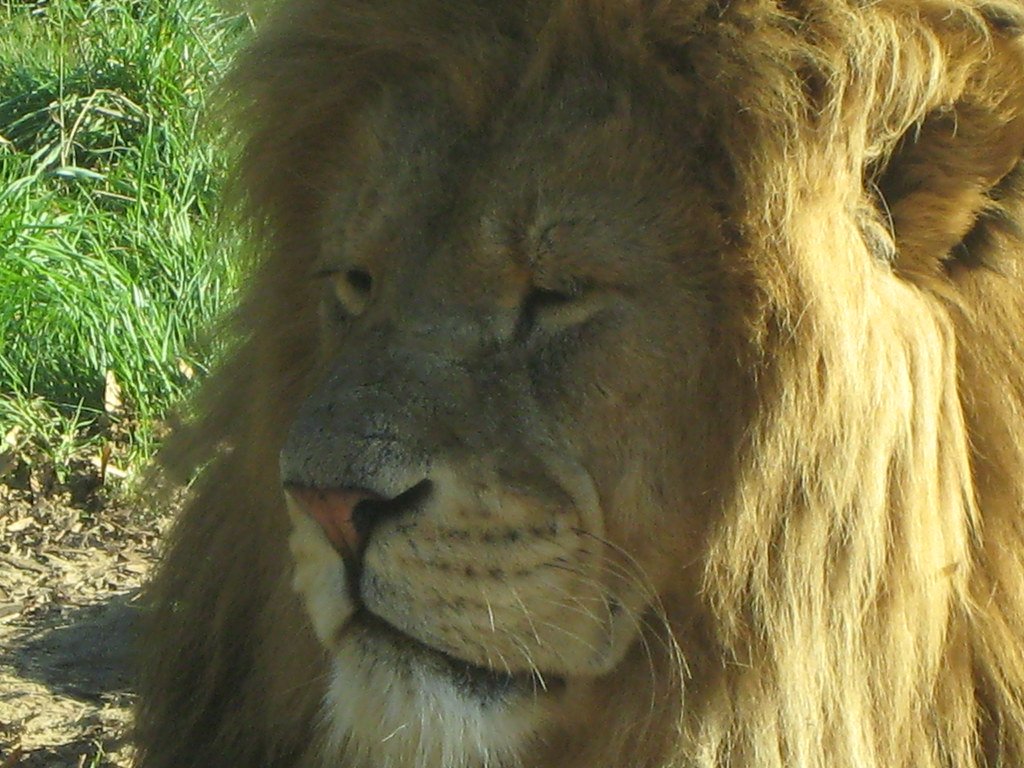
Although immensely rare and largely undocumented in the wild, reports of silver lions, or those boasting a lighter, silvery hue, have circulated primarily from captive breeding programs. In such scenarios, specific selective breeding attempts have produced lions with remarkably pale almost silver-colored fur compared to the usual tawny gold. The exact cause behind this coloration is not well-understood but could potentially involve a recessive gene affecting pigmentation. This fascinating variant serves as a reminder of the hidden possibilities within genetic variation and the constant wonder of nature’s palette.
In conclusion, these rare color variations in big cats not only enrich our understanding of genetic diversity but also enhance our appreciation for the natural world’s complexity and beauty. The existence of these remarkable animals serves as a poignant symbol of nature’s creativity and adaptability. While we may celebrate their awe-inspiring appearances, it is crucial to remember the conservation needs of these precious creatures, whose fleeting appearances in the wild remind us of the fragility and resilience of life in the animal kingdom.
Hi, I’m Bola, a passionate writer and creative strategist with a knack for crafting compelling content that educates, inspires, and connects. Over the years, I’ve honed my skills across various writing fields, including content creation, copywriting, online course development, and video scriptwriting.
When I’m not at my desk, you’ll find me exploring new ideas, reading books, or brainstorming creative ways to solve challenges. I believe that words have the power to transform, and I’m here to help you leverage that power for success.
Thanks for stopping by, Keep coming to this website to checkout new articles form me. You’d always love it!



